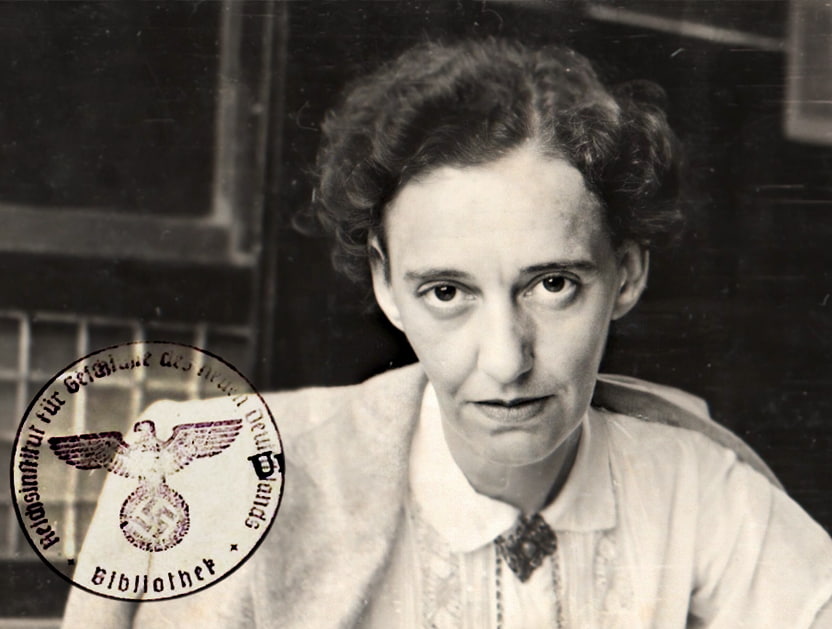What every therapist needs to know about anxiety disorders
להגדלת הטקסט להקטנת הטקסט- ספר
What Every Therapist Needs to Know About Anxiety Disorders is an integrated and practical approach to treating anxiety disorders for general psychotherapists. What is new and exciting is its focus on changing a patient's relationship to anxiety in order to enable enduring recovery rather than merely offering a menu of techniques for controlling symptoms. Neither a CBT manual nor an academic text nor a self-help book, What Every Therapist Needs to Know About Anxiety Disorders offers page after page of key insights into ways to help patients suffering from phobias, panic attac
| כותר |
What every therapist needs to know about anxiety disorders : key concepts, insights, and interventions / Martin N. Seif and Sally Winston. |
|---|---|
| מוציא לאור |
New York : Routledge |
| שנה |
2014 |
| הערות |
Includes bibliographical references and index. English |
| הערת תוכן ותקציר |
Cover Title Copyright Dedication Contents List of Figures and Tables Preface Acknowledgments 1 Why Details Make a Difference Introduction Reasonable Goals Techniques Are Not the Answer 2 The Basics Three General Characteristics of Highly Anxious People Anxiety Feels Dangerous How an Anxiety Disorder Differs from Plain Anxiety The Three Types of Triggers The Defining Aspect of an Anxiety Disorder The Basic Principle: Identify and Treat Avoidance 3 A Contemporary View of Anxiety Disorders Sensitivity and Anxiety A Discussion of Causation Insight: Cause Versus Maintenance Primary Versus Secondary GainsStudies on Causation The Dilemma of Insight Consequences of Affect Intolerance The Value of Talking about Anxiety Symptoms A Direct Approach to Treating Anxiety Disorders The Neurological Perspective: Role of the Amygdala in Sensitization The Value of Exposure The Fear-maintaining Cycle Avoidance, Resistance, Neutralization The Phenomenology of Anxiety: Anxiety Alters Consciousness With Anxiety, Common Sense Makes No Sense The Paradoxical Attitude 4 The Therapeutic Attitude of Acceptance Approaching Anxiety Mindfully Embracing Anxiety The Role of the TherapistTeaching Metaphors Essential Elements to the Therapeutic Attitude of Acceptance 5 Getting Started The First Contact Must Instill Hope Immediate Help: Embed Information in Your Questions Get the Details Find Out What They Have Tried Introduce the New Paradigm: Offer a More Profound Change Than Techniques Provide Information and Answer Questions 6 Techniques Your Patients Have Probably Already Tried and Misunderstood: What They Are and How to Make Them Helpful The Problem with Techniques How Techniques Can Be Helpful Techniques Are Temporary Help, Not Goals Emergency CopingTechniques That Can Be Helpful: "What Is," Not "What If?" Anxiety Management Tricks That Easily Backfire Diaphragmatic Breathing Anxiety Management in Cases of Real Danger, Not False Messages Some Issues in Determining Patient Progress 7 Diagnoses: An Annotated Tour of the Anxiety Disorders Specific Phobias Panic Disorder Social Anxiety Disorder Obsessive-compulsive Disorder Generalized Anxiety Disorder Traumatic Anxieties 8 Exposure: The Active Ingredient Exposure in the History of Psychotherapy Exposure Therapy Is More Than "Just Do It" Role of the Therapist During Exposure: What to Say and DoExposure Can Be an Intrinsic Part of Diagnosis and Assessment Exposure for Patients with Obsessive-compulsive Disorder: Exposure and Response Prevention OCD with Purely Mental Obsessions and Compulsions The Right Way to Practice Exposure 9 The Curious Case of Worry Varieties of the Worry Experience A Caveat: Generalized Anxiety Disorder-Rarely a Stand-alone Diagnosis Worry Is Not an Affect: It Is Thinking-And Thoughts Are Not Facts Productive Versus Unproductive Worry An Important Insight: Some Worry Thoughts Raise Anxiety and Some Lower It |
| היקף החומר |
1 online resource (219 p.) : illustrations |
| שפה |
אנגלית |
| מספר מערכת |
997012410673005171 |
תצוגת MARC
יודעים עוד על הפריט? זיהיתם טעות?

 כניסה עם גוגל
כניסה עם גוגל
 כניסה עם פייסבוק
כניסה עם פייסבוק




